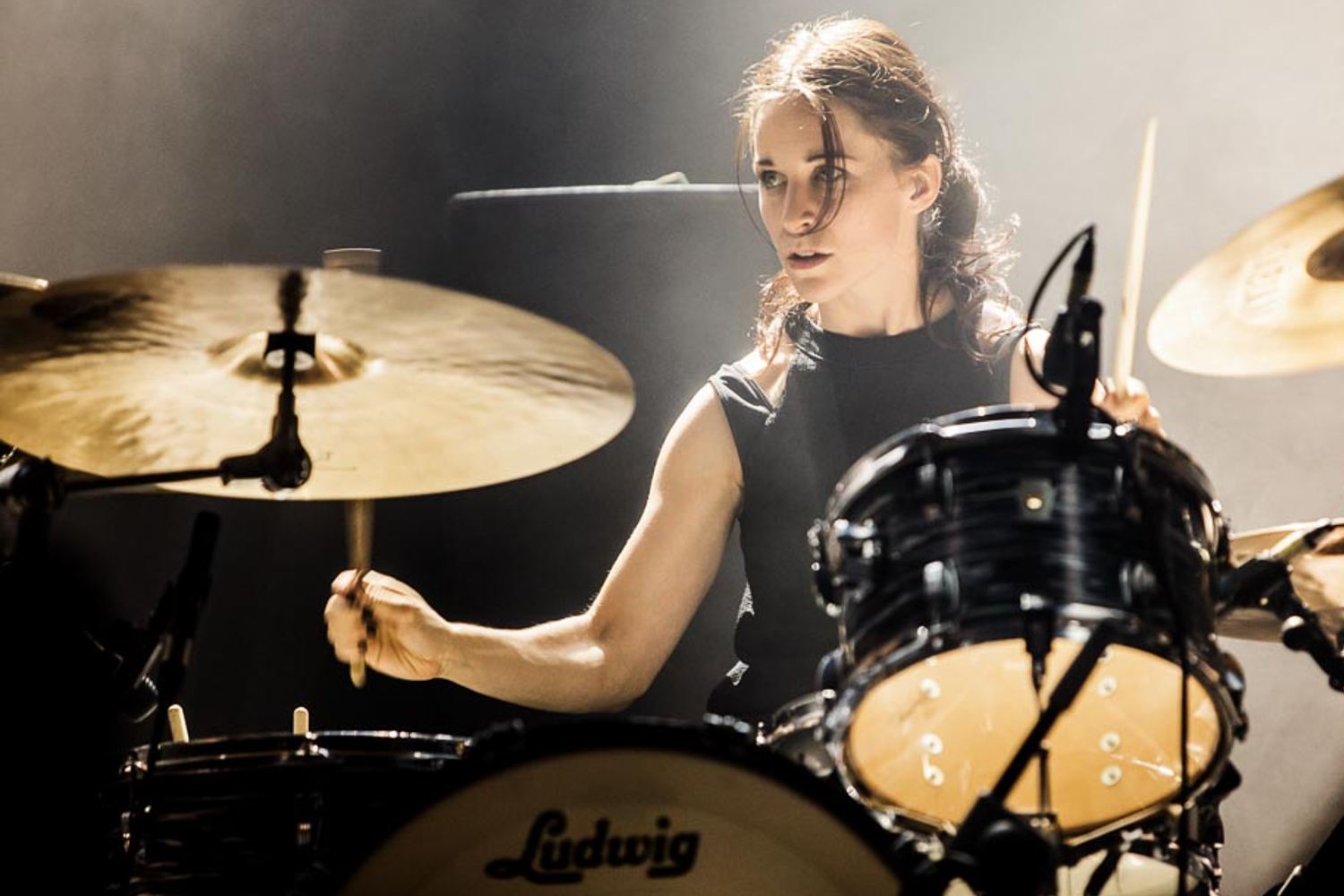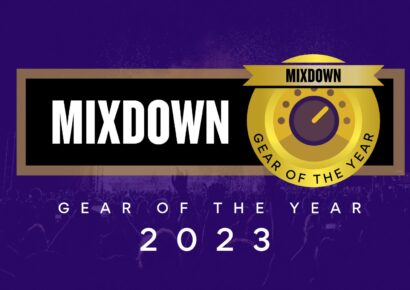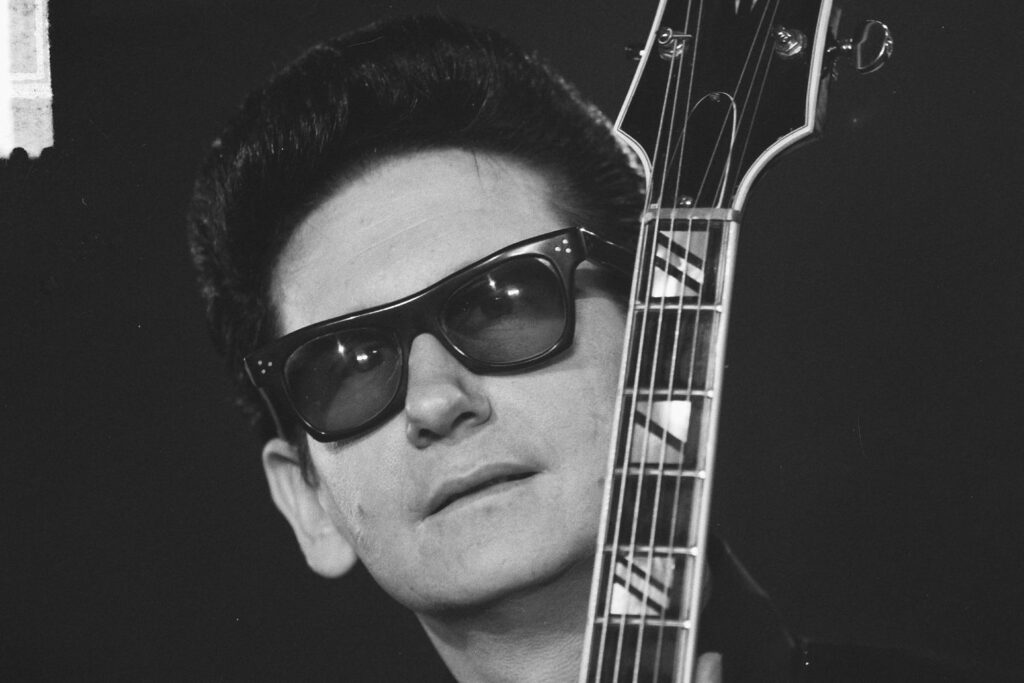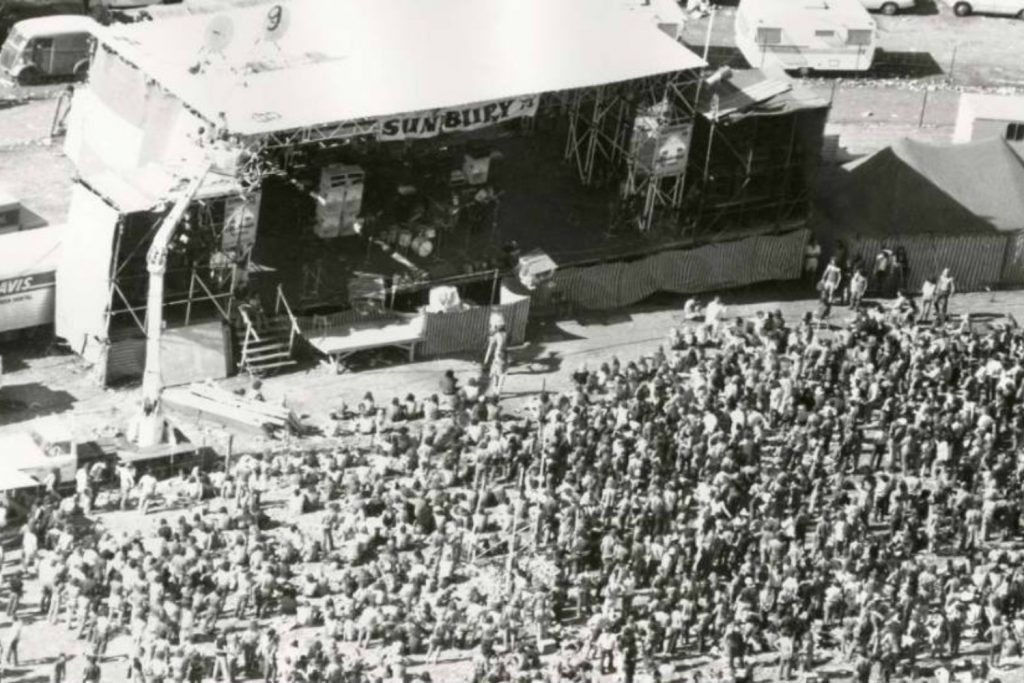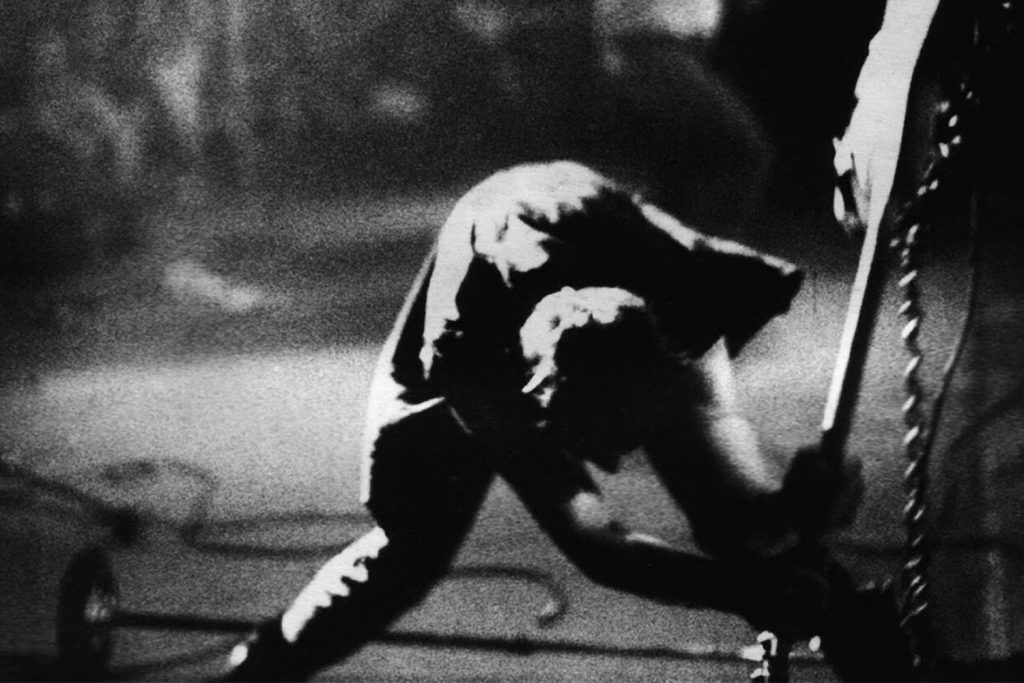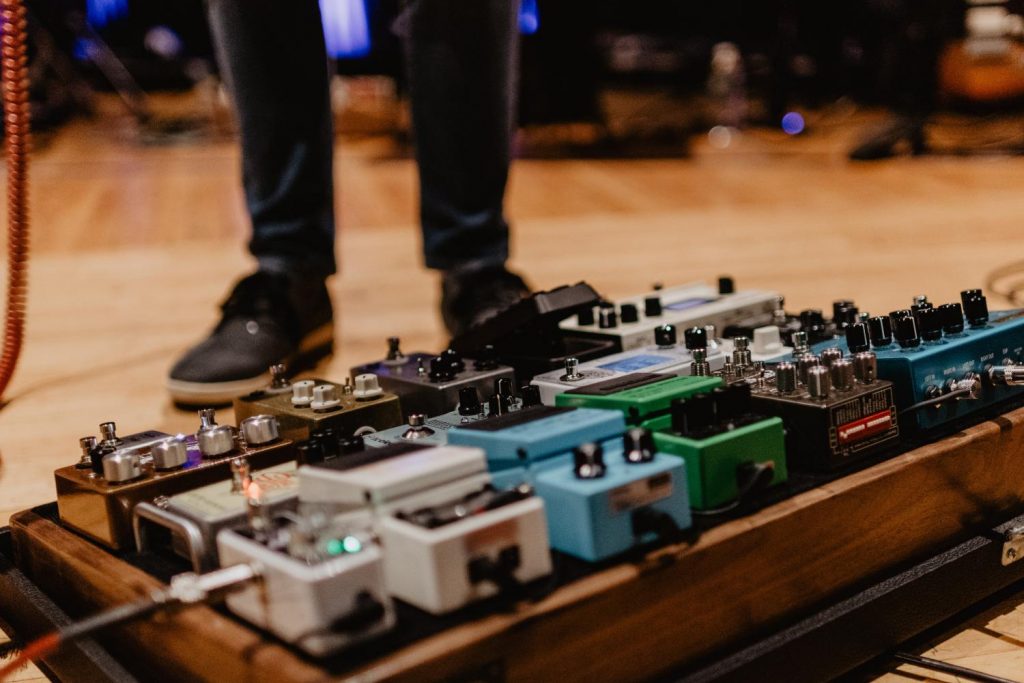Next year when Taylor Swift arrives down under as part of her massive tour, the Ludwig logo will be behind her. Here are among six greatest moments that kept the US drum company as a global force.
For 114 years, Ludwig drums have remained at the forefront of music as it moved from Dixieland to jazz to rock and fusion. Its founders were professional drummers who first-hand knew which gear needed to sound better, last longer and became more mobile – often going against the grain of popular thinking of the time. Despite Ludwig’s ups and downs, it was the go-to for some of the best players ever.
1. Inventing That Faster Drum Pedal
Ludwig Drums was founded on December 11, 1909 by German immigrant brothers William Frederick and Theobald Ludwig, sons of a trombone player.
William played drums with circuses, vaudeville and theatre shows and orchestras. But he was unhappy with the technology available for drum pedals. When gigs dried up, the brothers set up what is regarded as Chicago’s first drum store called Ludwig & Ludwig.
Read up on all the latest interviews, features and columns here.
Working out of a house in the suburb of Pilsen at 1026 W. 20th Place, they worked for months on their invention. It was great timing. The bass drum had become part of a drum kit in the early 1900s courtesy ragtime and jazz music.
In 1909, William had the patent for the first spring driven bass drum and cymbal striker pedal. It automatically returned to its resting position, making it faster, easier and consistent to play.
Music Radar related: “It was clamped to the bottom hoop (not slung from the top), it was pocket-sized and collapsible for easy transport.”
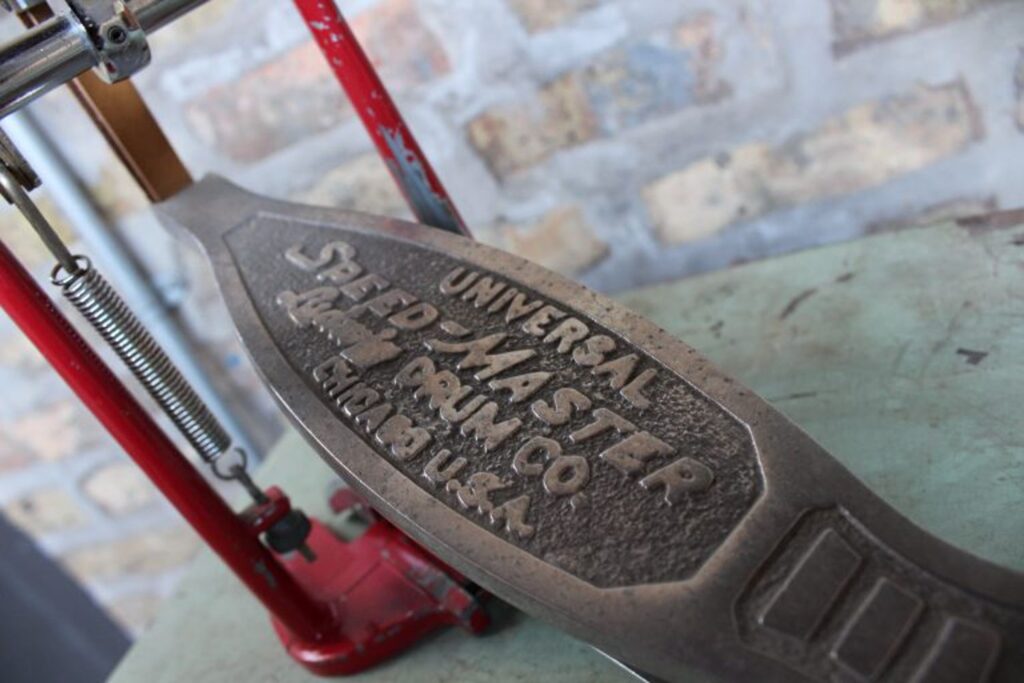
2. Metal Of Honour
William Ludwig followed with a metal-shelled snare. In those days they had wood shells and wood hoops.
But German manufacturer Sonor made an early metal-shelled drum – with a 6.5×13″ welded brass shell, metal hoops, and separate tension lugs – played by Tom Mills, in John Philip Sousa’s marching band. When William saw Mills in action he was impressed by the revolutionary design and sound, and Ludwig’s metal shell drum came onto the market in 1911. Their “tube lug” design, joining the top and bottom single-tension lugs to reduce strain on the shell, which increased its reputation for reliability.
Joined by their brother-in-law Robert C. Danly as chief engineer, the Ludwigs moved to a nearby barn, and set to manufacture more tools of the trade. With William a timpani player in a Chicago orchestra (and his son William Jr, who later ran the company, also played it), they devised a pedal-tuned timpani. Drum frames, cowbells, leather heads (from the nearby Union Stockyards) and fibre cases followed.
Later came keyboard percussion instruments as marimbas, vibraphones and xylophones.
3. Ringo For President
W.F. Ludwig himself would admit that the turning point for Ludwig Drums was February 9, 1964.
It was the day The Beatles did The Ed Sullivan Show, with Ringo Starr and his Black Oyster drums. The Ludwig name was splashed across the bass drum head –his statement he was behind a US set! 50,000 people applied for tickets for the show’s 728-seat studio. The show had its highest rating ever, with 73 million – or 40% of the country – tuning in.
America was still in mourning for President Kennedy slain three months before in Dallas, Texas. No surprise they embraced these funny looking and funny speaking musicians from the British Isles. It not only introduced Beatlemania to America but “Literally overnight everyone wanted a drum set like Ringo’s. The drum boom was born!” Ludwig said.
Just how the name made it onto the head varies. According to the drummer he was walking past a London music store with the Beatles manager Brian Epstein, spotted the black kit, and fell in love with it. He was playing a Premier, a UK brand, at the time.
Epstein was paying for their new equipment, so money was no object. In an interview with The Rock & Roll Hall of Fame he related: “As I buy this kit, the guy goes to rip off the Ludwig sign. I said no, no, no, you gotta leave that on—it’s American!” But William Ludwig, Jr., president of the company at the time said, Ludwig never sported branding or decals on their kits. “We considered that ostentatious!
“Ringo bought the Ludwig set under the condition that the name Ludwig be painted on the front of the bass drum head,” he said. “[The salesman] said he’d do it, but asked why, and Ringo said he wanted everyone to know he had Ludwig.”
This association with the world’s biggest rock band saw Ludwig’s sales doubling quickly to US$13 million (or $100 million in today’s money) a year, forcing the company to keep its factory open 24/7. For 3½ years the factory churned out nothing but copies of Ringo’s black oyster pearl wrap. Ludwig became the top selling US drum brand for 20 years. Ludwig later presented him with a gold kit. Ringo still plays Ludwig when he tours with his Allstars.
That 1963 black kit was bought at auction in 2015 for over $2 million by Indianapolis Colts owner and Fab Four memorabilia collector Jim Irsay. At the auction, he also paid $910,000 for a Rickenbacker John Lennon gave Ringo as an apology for bad vibes in the studio which had led the drummer to quit.

4. Taking It To The Grammys
Hal Blaine was a sought after session drummer from the 1950s, as part of studio group Wrecking Crew. He played on over 35,000 tracks. 150 went Top 10. 40 were Number Ones including those by The Beach Boys, Elvis Presley, Neil Diamond and The Monkees.
Often putting in 14 hour days, he had two identical Ludwig Classic Blue Sparkle kits to be moved from studio to studio, helped along with the world’s first “drum rack” (on wheels!) for easy mobility. Hal played on six consecutive Grammy award records of the year from 1966 to 1971:
- “A Taste Of Honey” by Herb Alpert & the Tijuana Brass
- “Strangers In The Night” by Frank Sinatra
- “Up, Up And Away” by The 5th Dimension
- “Mrs. Robinson” by Simon & Garfunkel
- “Aquarius/Let The Sunshine In” by The 5th Dimension
- “Bridge Over Troubled Water” by Simon & Garfunkel
5. Baby You’re A Rich Man
Ludwig Drums got its share of publicity because of its relationship with bandleader and jazz legend Buddy Rich, who vyes with Gene Krupa (a Slingerland and Zildjian man) as best drummer of all time. When asked if Rich could read music, Bobby Shew, his trumpeter from his mid-60s big band, replied, “No. He’d always have a drummer there during rehearsals to read and play the parts initially on new arrangements.
“Buddy would just sit in the empty audience seats in the afternoon and listen to the band. … He’d only have to listen to a chart once and he’d have it memorized. We’d run through it and he’d know exactly how it went, how many measures it ran and what he’d have to do to drive it.”
Rich endorsed different makes through his year, but returned to Ludwig in his latest years. He was brilliant but short tempered and ornery. Singer Dusty Springfield slapped him because of his stream of sarcastic insults during her session. Future legend Billy Cobham, in his teens, approached him at a club and asked him to sign his Ludwig snare. In one of his “moods”, Rich threw it down the stairs.
6. Moby Stick
When Ludwig launched its multi-coloured Plexiglas-shelled Vistalite range in 1973, it got a huge boost one of the biggest bands at that time. John Henry ‘Bonzo’ Bonham was seen playing one, during Led Zeppelin 1973 American tour, and more significantly, on their The Song Remains The Same movie (1976), which was primarily from three shows 1973 from New York’s Madison Square Gardens.
The Vistalite with three intersecting circles symbol on the bass drum head, were a spectacle, particularly during Bonzo’s showcase on “Moby Dick”
The movie was canned for being self-indulgent. But Zeppelin were at the peak of their popularity, and The Song Remains The Same went on to generate a box office kerching of US$12 million by 1977 (or $50 million in today’s money), and drew new audiences as it went on DVD and streaming services.
Younger drummers began to imitate Bonham’s set up, the way he adopted from his idol Buddy Rich:
- 14×10” tom
- 16×16 and 18×16” floor toms
- 26×14” bass drum
- 26” kick drum
- two horizontally mounted crash cymbals [2 & 4]
- hi hat
Bonham actually used a Slingerland for Zeppelin’s first UK and European tours and album. It was a blue sparkle with 22″ bass, and 13″ and 16″ toms. That had been a present from the drummer of The Yardbirds, Jimmy Page’s previous band.
In fact, they were The New Yardbirds until The Who’s Keith Moon gleefully predicted the new band would be a flop and “go down like a lead zeppelin”. In late 1968 Led Zep’s first American tour saw them opening for psychedelic rock band Vanilla Fudge, whose drummer was Carmine Appice, also a powerhouse, used dual 26” Ludwig bass drums.
The two skinmen became instant friends, and Appice scored Bonham a Ludwig Drums endorsement. Bonham quickly ordered two 26×14” bass drums, a 22” bass drum with adapted metal rims fitted for use as a huge floor tom, a 18×16” floor tom and a 15×12” marching tenor drum to be used as the small tom. He used a Maple 1969-1970 (turned up to “thunderous” on “Whole Lotta Love”), Green Sparkle 1970-73, The Amber Vistalite 1973-75, Silver Sparkled 1975-80 and Stainless Steel 977-80. Australia would have seen one of the latter two kits as Led Zeppelin were planning to tour here in 1981 but broke up instead after Bonham’s death during rehearsals for the world tour.
Read Ludwig’s history from the horse’s mouth here.
